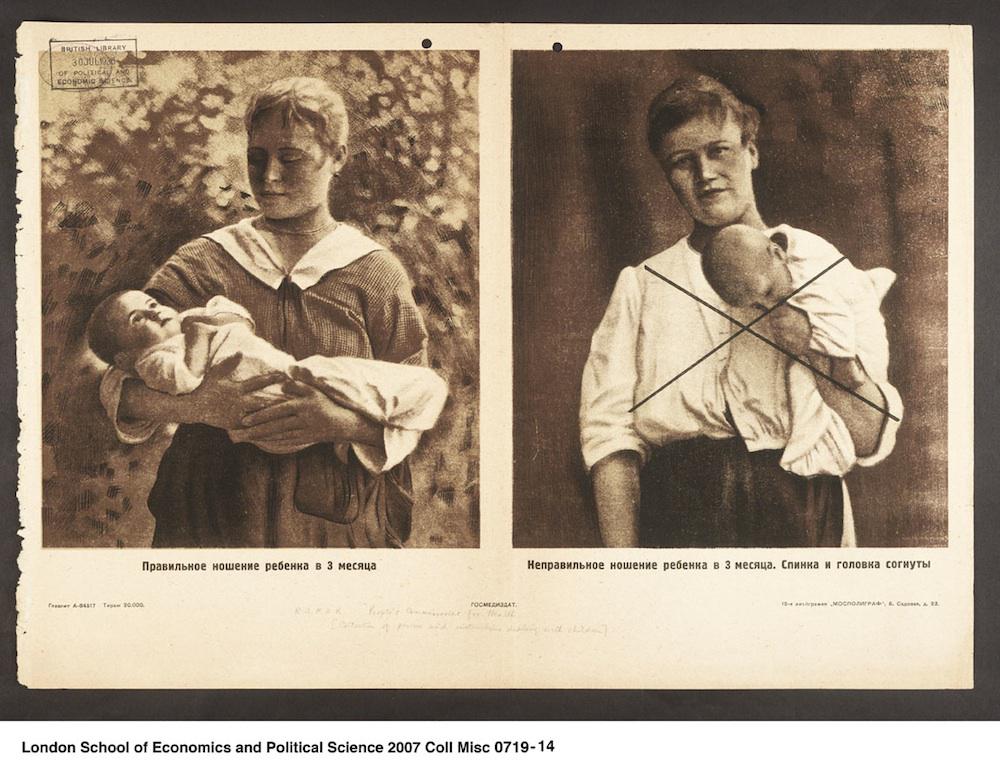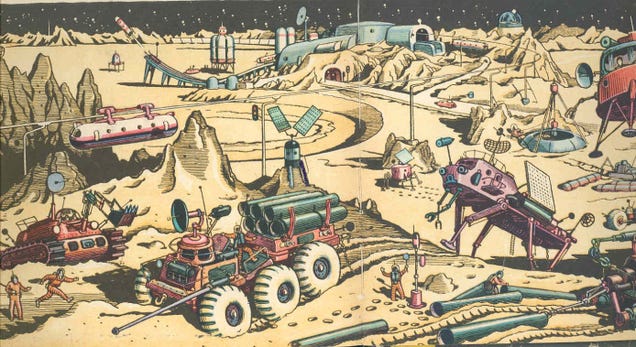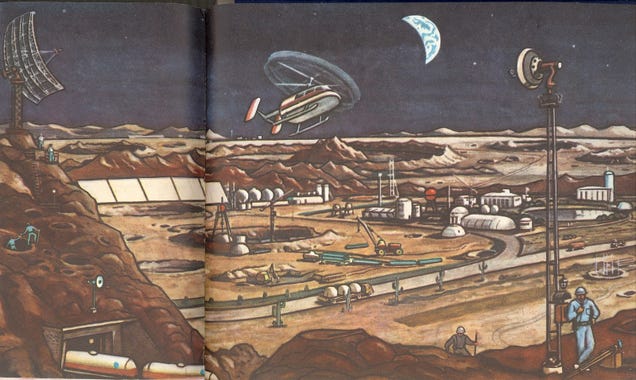The images, all printed in 1930, reflect the government’s promotion of early-childhood health and well-being in the early years of the Soviet Union.

The images, all printed in 1930, reflect the government’s promotion of early-childhood health and well-being in the early years of the Soviet Union.

Artists from the Soviet Union didn’t just imagine a worker’s Utopia on Earth. They also thought that the great communist experiment would eventually reach other worlds, too. Here are some incredible works of art and conceptual design that put the Soviet Union in space.
 SEXPAND
SEXPAND
 AND
AND
A fight ensues. Fun radio!
Great Russian History Blog supported by the Center for History and New Media and the Center for Eurasian Studies at George Mason University.
Matthew Parris is joined by Christopher Hitchens who nominates Leon Trotsky for great-life status, and the historian Professor Robert Service who argues against him.
10 insanely cool Soviet work safety posters.
From season 6 of History Channel’s Declassified series.
Not the most nuanced view of Stalin. In fact, kind of ham-handed.
In Russia, the poem is known as the “Epigram Against Stalin,” a title some consider inadequate and belittling. Others say the title resulted from a maneuver by Mandelstam’s friends (among them Boris Pasternak) to make the poem seem nothing more than a kind of pithy, off-the-cuff quip meant to sting or satirize, in the genre that found its highest expression in Martial, the Latin poet of the first century AD.
Described by one critic as the sixteen lines of a death sentence, this is perhaps the twentieth century’s most important political poem, written by one of its greatest poets against the man who may well be said to have been the cruelest of its tyrants.
Two hour documentary. Kind of cool to see it in color.
The little-known story of the American effort to relieve starvation in the new Soviet Russia in 1921, The Great Famine is a documentary about the worst natural disaster in Europe since the Black Plague in the Middle Ages. Five million Soviet citizens died.
Half a world away, Americans responded with a massive two-year relief campaign, championed by Herbert Hoover, director of the American Relief Administration.
Did the system spawn a monster – or a monster the system? Norman Pereira re-evaluates the road to totalitarianism in the Soviet Union after the Revolution, and Stalin’s part in it.
Christopher Read explores the historiography of Russia under Joseph Stalin.
“The atmosphere of emotional involvement and embattled commitment sometimes engendered can lead to lively polemic but does not always produce the best grounded historical analysis.”
Thinking in Analogies: The Fever Model of Revolution
With images from southern and central Russia in the news lately due to extensive wildfires, I thought it would be interesting to look back in time with this extraordinary collection of color photographs taken between 1909 and 1912. In those years, photographer Sergei Mikhailovich Prokudin-Gorskii (1863-1944) undertook a photographic survey of the Russian Empire with the support of Tsar Nicholas II. He used a specialized camera to capture three black and white images in fairly quick succession, using red, green and blue filters, allowing them to later be recombined and projected with filtered lanterns to show near true color images. The high quality of the images, combined with the bright colors, make it difficult for viewers to believe that they are looking 100 years back in time – when these photographs were taken, neither the Russian Revolution nor World War I had yet begun. Collected here are a few of the hundreds of color images made available by the Library of Congress, which purchased the original glass plates back in 1948
Read THE SECOND GENERATION OF COMMUNISTS: JOSEPH VISSARIONOVICH STALIN, SOCIAL ARCHITECT (a chapter from this book)
Respond to these questions
Read First Generation of Communists: Vladimir Ilyich Lenin, Revolutionary from excerpted from this Soviet history
Respond to these questions
WWI, Revolution & Dissent (Six Parts)